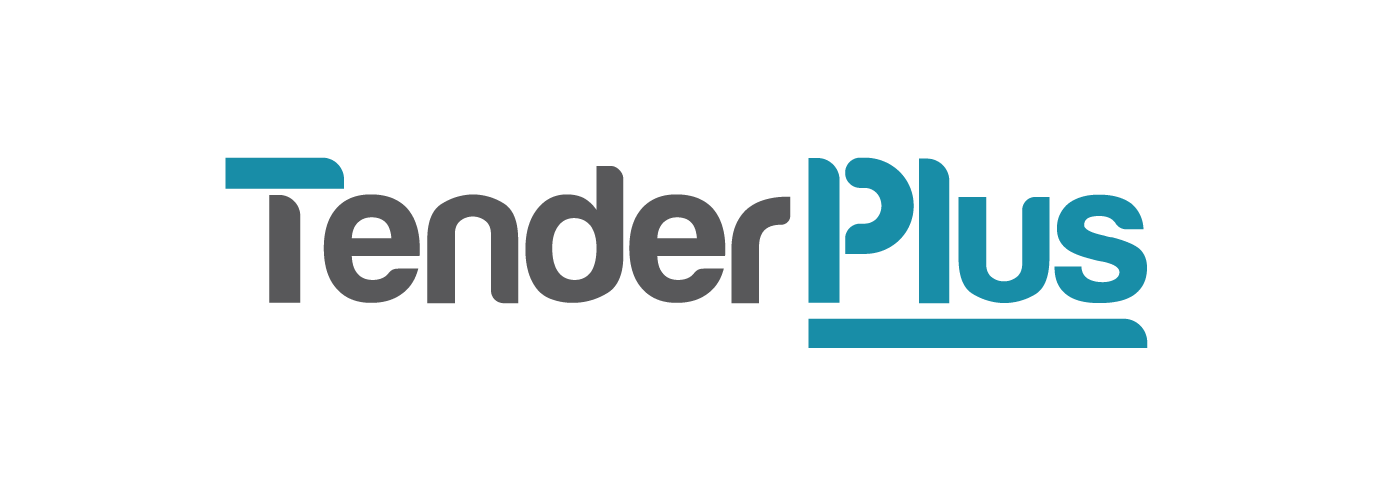Content libraries save time and effort
4 min read
Tender professionals are always busy juggling submissions while managing other aspects of the job. I'm a big advocate of content libraries to assist in cutting down on the rewrite of tenders so I can prioritise my time where it matters most. However, each time I spruik the message that content libraries are great, it's usually met with some resistance. Here's my response to some popular questions on the importance of tender libraries and how you can benefit from creating your own.
Are content libraries worth the time and effort?
My answer is yes, yes, a thousand times YES! A purpose-built content library is an indispensable resource in tendering. If used correctly, this will significantly reduce the time you spend finding simple information so you can prioritise your time in better ways, like focusing on the customised solution for the client.
Isn't it easier to just use the content from the last few submissions and copy what is relevant?
A content library is separate to a submission archive, where you store previously submitted bids or a collection of company brochures. A content library contains general company information such as company history, product/service descriptions, key personnel information, procedures, policies, case studies, certifications, and licenses. The content should be able to be lifted and used as is, or at least applied as a good first draft to provide a general 'this is how we do….' story.
A good content library should contain information that is:
Accurate and current
Well written, using a consistent tone and language
Approved and signed off by the relevant Subject Matter Expert
Formatted in company template and branding styles
Correctly dated, categorised, and tagged by topic and/or content type, and
Regularly audited and reviewed for inconsistencies.
Do libraries really have a purpose?
Yes, they provide a great baseline to your first draft without having to start from a blank document each time, and they reduce time spent sending emails across different teams chasing information.
If you work in an organisation with multiple document repositories it is totally acceptable that your content library would provide direct links to each site to help in the recovery of information. Just remember to add a relevant file note accompanying each link to guide the tendering team along. The idea is to make it user friendly, straightforward, and self-explanatory.
Now, where do you start?
You can create your own content library using the document repository tool available in your organisation, however you may want to explore some of the cool software and apps currently available from the market. You can follow the below steps:
Set aside some time to plan and create a vision of how you want your content library to look like
Agree on the structure of your content library, start from the frequently used categories/topics in your recent submissions
Create some content or pull out some of your previous submissions with great content, rewrite them for 'general use', clean out all specific references to clients and get your Subject Matter Expert's input and approval
Repeat the above step for case studies, images, diagrams, and workflows
Incorporate tags and labels into your documents to make it easier to find
Schedule a regular audit and review timeline to update your content library, and
After every tender submission, review it for improvements and pick out new content to update your content library.
Maintaining a content library is worth the time and effort once you realise how much of the heavy lifting is already done for you on each new tender. Once you get the hang of it, you'll wonder how you ever managed without it.
